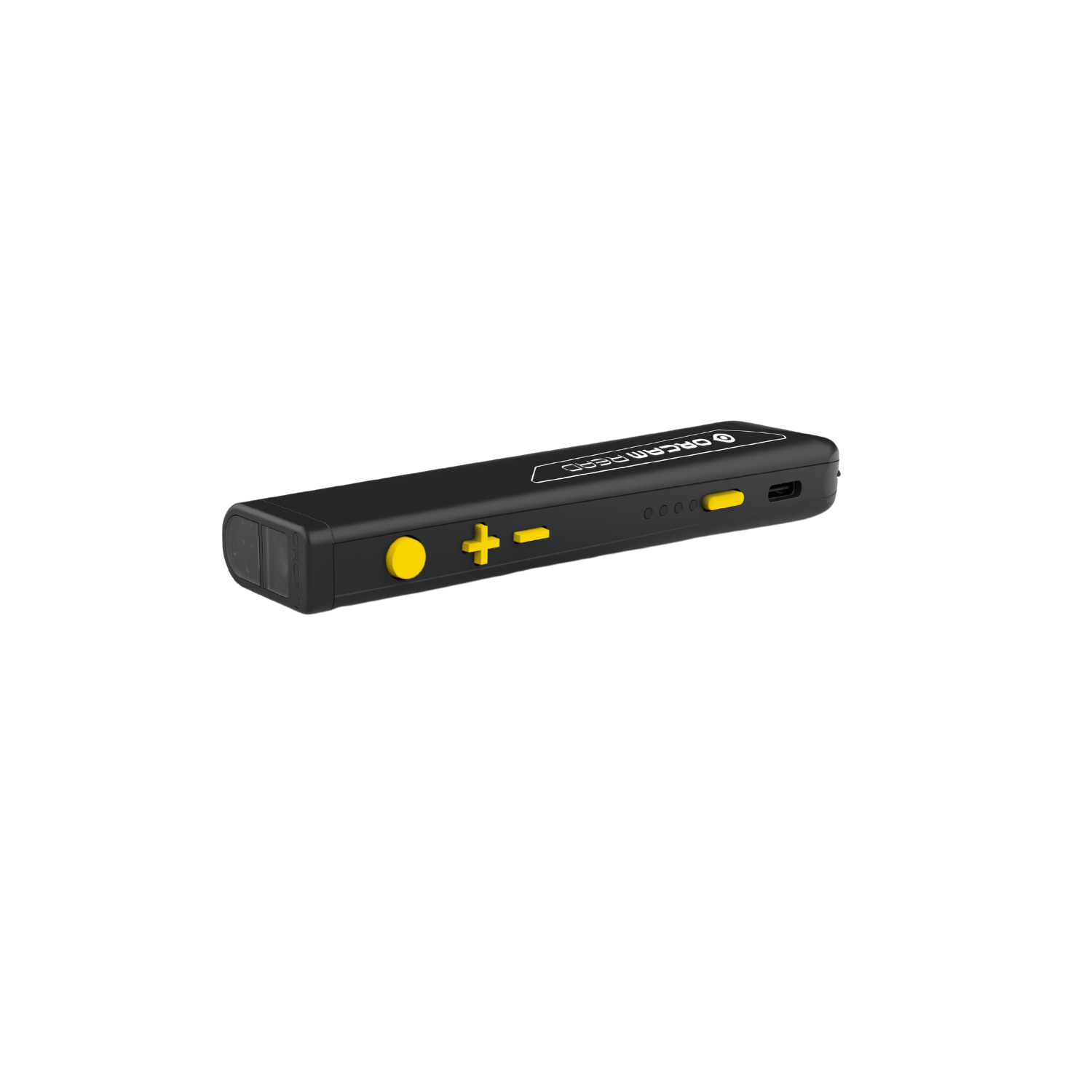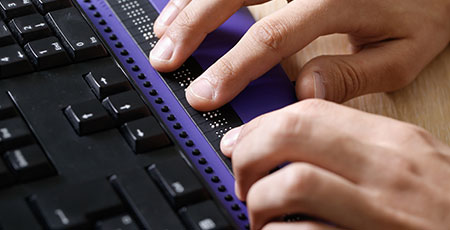Empowering Independence With Assistive Technology for the Blind
The assimilation of assistive innovation right into the lives of individuals with aesthetic impairments represents a substantial improvement in advertising self-reliance and self-sufficiency. From cutting-edge screen viewers to advanced smart canes, these tools not just improve daily navigating and communication however additionally empower users to engage meaningfully in numerous elements of life. As we check out the myriad advantages and real-world applications of these technologies, it comes to be vital to check out the underlying factors that add to their effectiveness and the potential for future developments in this essential area.
Summary of Assistive Technology

The advancement of assistive innovation is based in principles of inclusivity and empowerment. Technologies in software application, hardware, and sensory improvements supply users with alternatives tailored to their certain needs. From display readers that transform message to speech, to responsive gadgets that share information via touch, these devices change the way people engage with their environments.
In enhancement to functional applications, assistive innovation promotes greater social incorporation and participation in various markets, consisting of education and work (Wearable technology for low vision). As r & d remain to progress, the potential for assistive technology to additionally improve the lives of visually damaged people remains encouraging, leading the way for a more fair culture where everyone can grow
Sorts Of Assistive Devices
A range of assistive gadgets have actually arised to sustain individuals with visual disabilities, each developed to meet specific needs and boost everyday functioning. These gadgets range from low-tech services to sophisticated innovations, providing diverse alternatives for users.
Low-tech gadgets consist of magnifiers and large-print products that assist in analysis and writing. Braille tools, such as Braille styluses and slates, enable responsive reading and interaction. Alignment and mobility aids, like white walking canes, help users browse their environment safely.
On the greater end of the spectrum, electronic zoom systems and screen visitors use significant support. Electronic magnifiers permit customers to expand message and images on displays, while display readers convert digital web content into manufactured speech, facilitating access to info on smart devices and computer systems.
Smart device applications likewise play a crucial role, supplying functions like text acknowledgment and navigating support. Wearable modern technology, such as clever glasses furnished with augmented truth, is emerging as an appealing tool to boost situational recognition.
Advantages of Assistive Modern Technology
The integration of assistive innovation significantly improves the lifestyle for individuals with aesthetic impairments. These technologies empower users by advertising independence, allowing them to navigate their atmospheres better and do day-to-day jobs with higher convenience. For instance, screen visitors and zoom software permit individuals to access digital details, fostering professional and optical clinic near me educational possibilities that might have previously run out reach.
Moreover, assistive devices such as wise canes and general practitioners applications give real-time navigating aid, boosting wheelchair and safety. This enhanced freedom not just enhances self-esteem but likewise encourages social engagement, permitting users to get involved even more fully in their neighborhoods.
Assistive modern technology additionally facilitates communication, aiding individuals get in touch with others via voice acknowledgment and text-to-speech applications. This ability is important for preserving connections and accessing critical info.
Furthermore, the modification options available with lots of assistive technologies ensure that customers can tailor gadgets to their particular demands, better improving functionality and performance. Overall, the advantages of assistive technology for people web with visual problems are extensive, advertising a more inclusive society where every person can seek their goals and goals.
Study and Success Stories
Highlighting the transformative impact of assistive technology, various study show how people with visual disabilities have actually successfully incorporated these tools into their everyday lives. One compelling example entails an university trainee that utilized display reading software application to browse academic products and on the internet resources successfully. This technology not just promoted her education yet additionally improved her self-confidence in getting involved in conversations and team jobs.
An additional study includes a specialist that employs a smart device application made for navigation and item acknowledgment. By utilizing this application, he has actually restored freedom in both his personal and job atmospheres, allowing him to commute separately and involve with associates better.
Additionally, a senior citizen shared her experience with braille e-readers, which allowed her to access a large selection of literary works and stay gotten in touch with her neighborhood through book clubs.
These success tales highlight the critical role of assistive innovation in cultivating freedom, enhancing lifestyle, and promoting social combination for individuals with visual impairments (Speech-to-text devices for low vision). By welcoming these ingenious tools, individuals can get rid of obstacles and take possibilities that contribute to their personal and professional gratification

Future Patterns in Assistive Modern Technology
Technology in assistive innovation is poised to redefine the landscape of assistance for individuals with aesthetic disabilities. Emerging fads emphasize the integration of artificial intelligence (AI) and maker knowing, which enhance the functionality of tools that aid with navigation and information accessibility. For example, AI-driven applications are currently with the ability of translating visual information in real-time, making it possible for customers to involve with their setting extra individually.
Moreover, the development of wearable modern technology is progressing swiftly. Smart glasses equipped with increased truth (AR) can give audio summaries of environments, changing exactly how individuals engage with public spaces. These devices not just advertise autonomy however also foster social incorporation.
Additionally, the Internet of Things (IoT) is making homes smarter, permitting for seamless connection in between assistive devices and day-to-day devices. This connection equips customers by making it possible for voice-activated controls and automated reactions tailored to private requirements.
Final Thought
To conclude, assistive technology plays a critical function in empowering individuals with aesthetic impairments by enhancing their self-reliance and interaction with their environments. The diverse range of devices and applications available not only promotes navigation and communication however likewise promotes social combination and possibilities for professional and personal growth. As innovations continue in this area, the possibility for enhancing the quality of life for those with aesthetic disabilities will broaden, promoting greater autonomy and empowerment.
